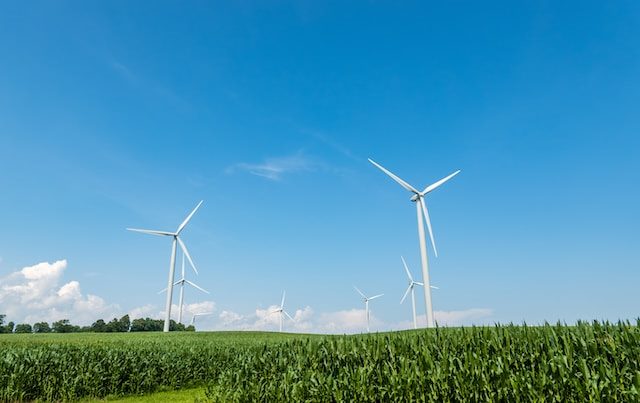
Welcome to our comprehensive guide on the evolution of wind turbines, exploring their historical impact on microgeneration. We will dive into the fascinating journey of wind power, from its ancient origins to the modern era.
1. Ancient Beginnings
Wind power has been harnessed for thousands of years, initially by utilizing sailboats. Our ancestors recognized the immense power of the wind and used it to propel their vessels through water, setting the stage for future advancements.
The First Windmills
The first evidence of windmills dates back to ancient Persia (modern-day Iran) around 200 BC. These early vertical-axis windmills featured wooden sails and were primarily used for grinding grains and pumping water.
2. The Birth of the Modern Wind Turbine
The modern wind turbine dates back to the late 19th century with the invention of the horizontal-axis windmill. Here, we explore key milestones in wind turbine development:
The Work of Charles F. Brush
In 1888, Charles F. Brush created the first automatic wind turbine capable of generating electricity. It consisted of a massive windmill with a rotor diameter of 17 meters and produced electricity to power his mansion in Cleveland, Ohio.
Smith-Putnam Wind Turbine
The Smith-Putnam wind turbine, installed in 1941 in Vermont, was the first megawatt-scale wind turbine. It featured an innovative three-blade design and provided electricity to the local utility grid.
3. Advancements in Modern Wind Turbines
Modern wind turbines have undergone significant improvements, making them more efficient, reliable, and environmentally friendly than ever before. Here are some notable advancements:
Horizontal-Axis vs. Vertical-Axis
While horizontal-axis turbines are the most common, vertical-axis turbines have gained attention due to their versatility and ability to capture wind from any direction. Depending on the application, both designs have their merits.
Improved Blade Design
Advancements in materials, such as carbon fiber composites, have allowed for longer, lighter, and more durable blades. Additionally, aerodynamic designs and precise manufacturing techniques have optimized the energy conversion process.
Smart Wind Turbines
Intelligent technologies have been integrated into wind turbines, allowing them to adjust their blade pitch and orientation based on wind conditions. This improves efficiency and reduces stress on the turbine, extending its lifespan.
4. Impacts and Benefits
Wind turbines have several positive impacts, both on a small scale with microgeneration and on a larger scale as an alternative energy source:
Microgeneration- An Eco-Friendly Solution
With the increasing popularity of microgeneration, individuals and communities can produce their own electricity, reducing their carbon footprint and reliance on traditional power sources.
Reduced Carbon Emissions
Wind turbines produce clean, renewable energy, dramatically reducing greenhouse gas emissions compared to fossil fuel power plants. They play a crucial role in combating climate change and preserving the environment for future generations.
Economic Advantages
Wind power has also contributed to job creation and economic growth in many regions. Wind farms provide employment opportunities, attract investments, and promote local development.
5. The Future of Wind Power
The future of wind power looks promising, with ongoing advancements and emerging technologies:
Offshore Wind Farms
Offshore wind farms have the advantage of stronger and more consistent wind, offering a tremendous potential for generating large amounts of electricity. As technologies improve, these offshore installations are expected to become more prevalent.
Virtual Wind Farms
Virtual wind farms involve connecting multiple small-scale turbines together, creating a network that operates as a larger power plant. This approach can optimize energy production and reduce costs.
Integration with Energy Storage
The integration of wind power with advanced energy storage systems, such as batteries, can help overcome the intermittent nature of wind energy. This combination allows for a more reliable and continuous energy supply.
Conclusion
From the ancient windmills of Persia to the modern megawatt turbines, wind power has come a long way. The evolution of wind turbines is a testament to humanity’s ingenuity and the pursuit of sustainable energy solutions. As we look to the future, wind power’s potential for microgeneration and large-scale energy production continues to grow, playing a vital role in addressing the challenges of climate change and shaping a cleaner, greener world.
